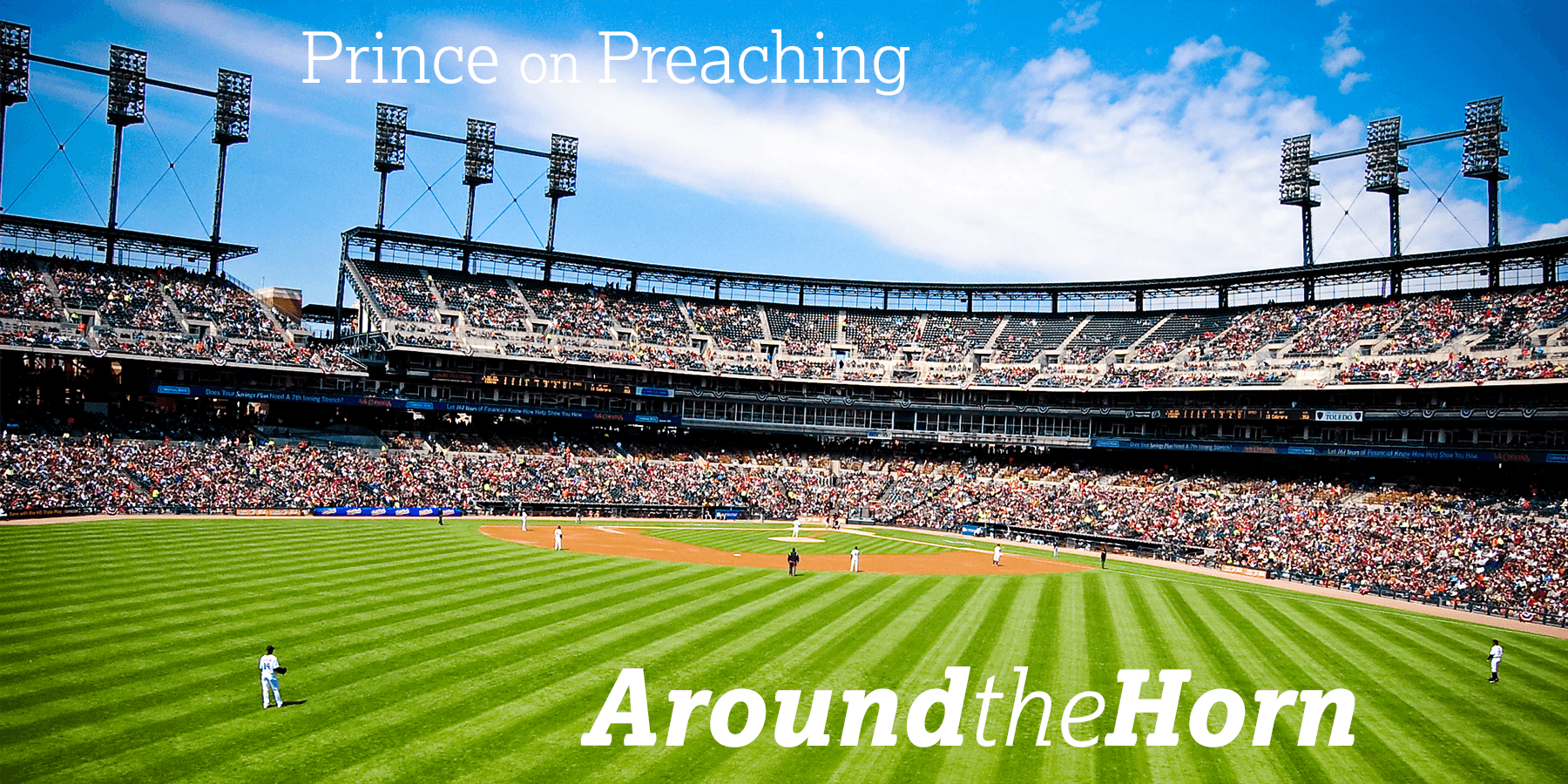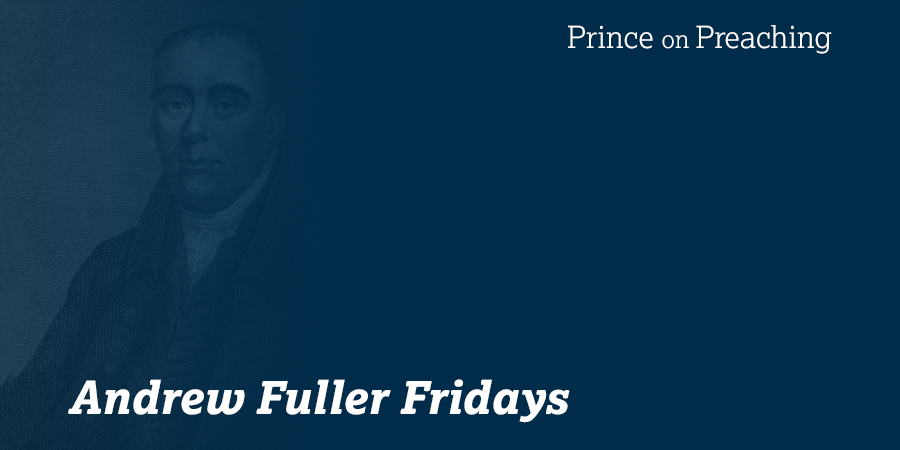Promises, promises.
God’s announcement of His plan of salvation and blessing to His people in Christ is one of the unifying themes integrating the message and the deeds of the Old and New Testaments. All throughout the Bible, God’s people have received the gift and legacy of God’s divine promises.
After the fall into sin, we immediately have the first gospel promise (Gen. 3:15). This is soon followed by covenantal promises with mankind represented by Noah (Gen. 8:21–22). Then, we see continued promises with Israel in the person of Abraham (Gen. 12:2–3; 15:18–21), in the assemblage of Israel at Sinai (Ex. 19:5–6), and in the “new covenant” (Jer. 31:31–34).
Within that framework, we find God promising and blessing his people, through Moses, with redemption from bondage in Egypt. There is the promised land, rest, light, and most importantly, the promised Messianic deliverer. In the promised Messiah, “all the promises of God find their Yes in him” (2 Cor. 1:20). Those of us who live in this messianic age of the kingdom await the blessed promise of his return: “waiting for our blessed hope, the appearing of the glory of our great God and Savior Jesus Christ” (Titus 2:13).
In Isaiah, chapters 1–39 focus on judgment and chapters 40–66 on hope. While there are glimpses of hope in chapters 1-39 and glimpses of judgment in 40-66, the reader who comes to Isaiah 40:1, feels the relief it brings: “Comfort, comfort my people, says your God.” This promise of comfort is embodied in the Servant of the Lord in the four poetic Servant songs (Is. 42-55). In the first song, the Servant, empowered by God’s Spirit, will bring forth justice (revelation) to the nations (Isaiah 42:1-4). In the second, the Servant will be a light to the nations and lead his people to the Jerusalem above (49:1–6). The New Testament clearly identifies the Servant as Jesus Christ.
These amazing Servant songs of promise provide a peek behind the curtain of God’s eternal plan to deliver his people, summing up all things in Christ (Eph. 1:10). In response to this prophetic look into future deliverance we find this statement: “But Zion [Jerusalem] said, ‘The Lord has forsaken me; my Lord has forgotten me’” (Isaiah 49:14). Why? I am sure the reason given would be, “Look around! Promises, promises. But what about now? Based on what I see I feel forgotten and forsaken, not loved!” The people returning from Babylonian captivity had legitimate reasons to feel defeated and despondent. They saw ruins and rubble.
Based on the circumstances we see around us, we too seem to have many reasons to believe contrary to gospel promises and to exclaim, “But what about me, right now?” What do we do when what we feel and see is at odds with the hope of the promises? How do we reconcile the reality of what we see with the promises of what we do not see?
What about when the promise is, “Sing for joy, O heavens, and exult, O earth; break forth, O mountains, into singing!” (Isaiah 49:13), but what you see is the very place of worship itself in rubble, reduced to a pile of rocks that makes you want to weep rather than sing? Revelation 7:16 can feel so distant: “They shall hunger no more, neither thirst anymore; the sun shall not strike them, nor any scorching heat.”
Here is a sad truth: sometimes we prefer the safety of our misery to the promises of God. We actually become comfortable in surrendering to our own misery. We make peace with it, envisioning ourselves a heroic figure because we endure it. We can begin to think, “I know I matter because I’m pressing ahead in this misery.”
If this narrative were to change, it would mess with our story. Acting on the promises of God is often frightening because doing so will inevitably lead to change. Acting on the promises of God will take us to places we would never go if we did not. The peace we have made with our misery will be disturbed.
But in the freeing gifts of God’s promises, he beckons us to something braver, an arena where we are no longer the center. He welcomes us into a reality, where what he promises eclipses what we feel. It does not often feel like victory. The sinless Son of God crucified did not look or feel like a victory. In fact, all across the Bible, obedience rarely ever immediately looks like victory. As 1 Peter relentlessly reminds us, it is suffering that leads to glory for Christ and us (1 Peter 1:6-12, 3:13-4:19).
Believers must actively surmount the evidence to the contrary with the reality of eternal gospel promises. God’s promises are the story of the believer’s life; the challenges, setbacks, and obstacles are but the footnotes of the story. When we fail to see the reality of the promises, we are guilty of what Israel was rebuked for in Isaiah 1-36: attempting to secure hope by stealing from other sources such as alliances with or acceptance from worldly powers. The fear of nations and the fear of man both demonstrate a failure to reverently fear God (Gal. 1:10).
No matter what you are going through, there is purpose in it. How do you know? Because the greatest act of injustice in the history of the cosmos is the perfect son of God crucified like a guilty sinner. This is a seemingly senseless act, that in the wisdom of God provides the only way we can be saved. We may see rubble but we also see a cross and an empty tomb. This is the nature of faith. It always has been. After all, the Suffering Servant of the Lord tells us, “Behold, I have engraved you on the palms of my hands” (Isaiah 49:16).
Promises, promises. Yes, and Amen!




